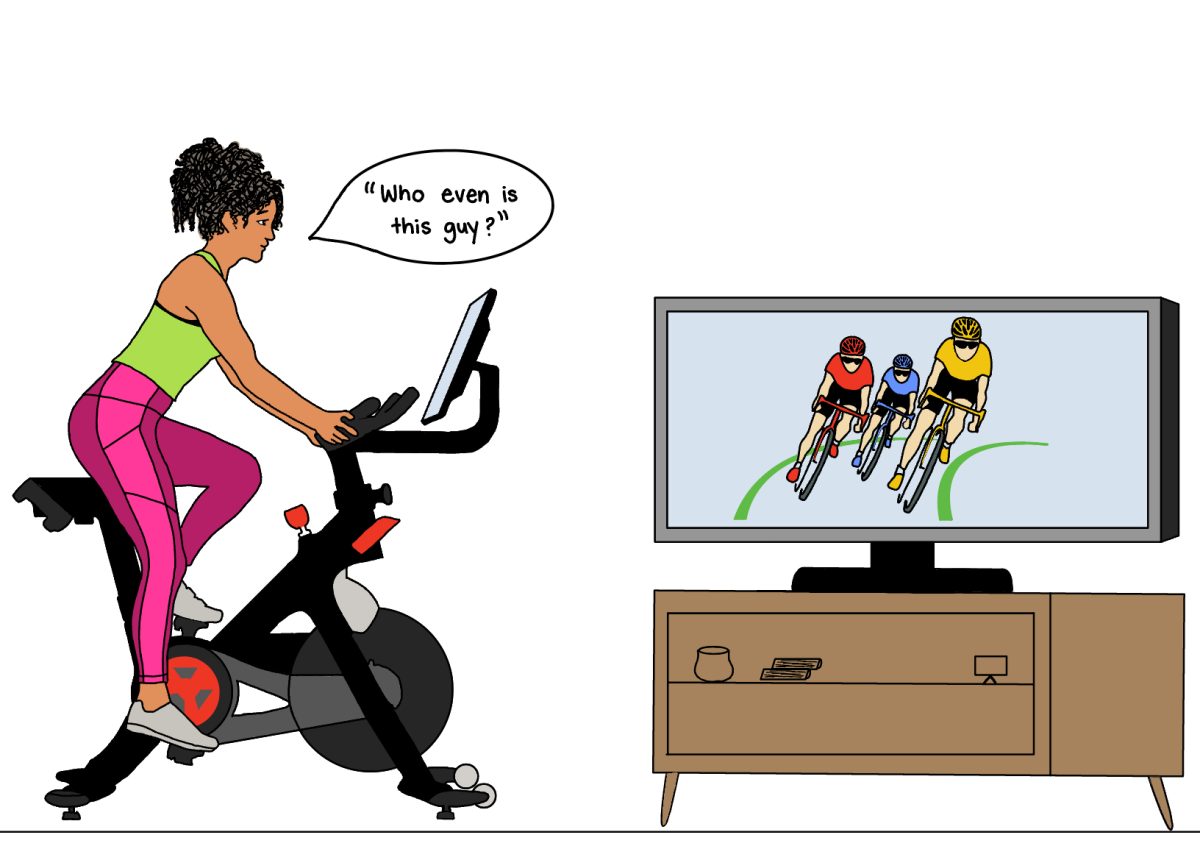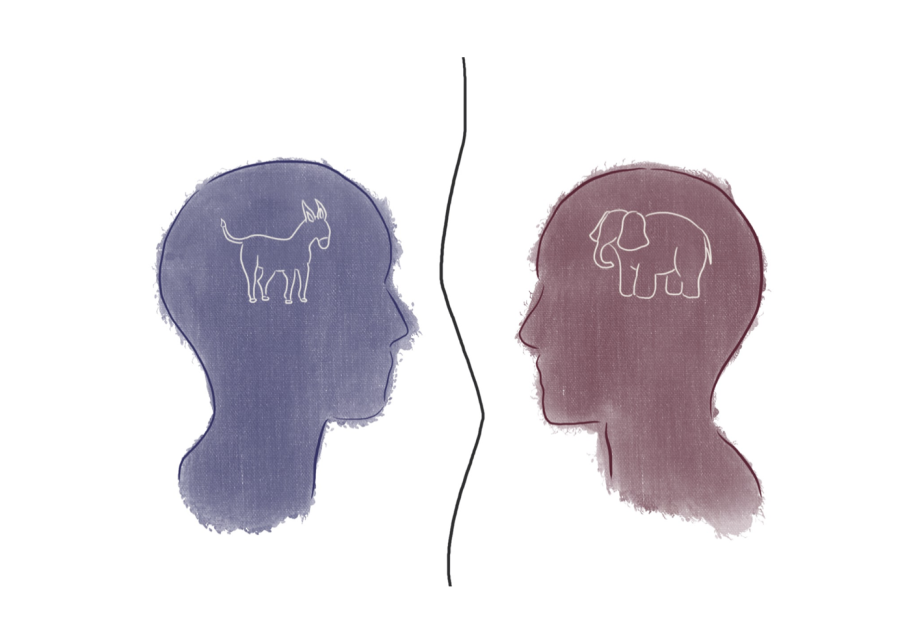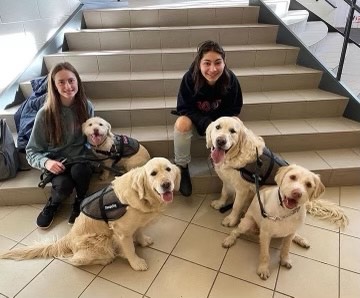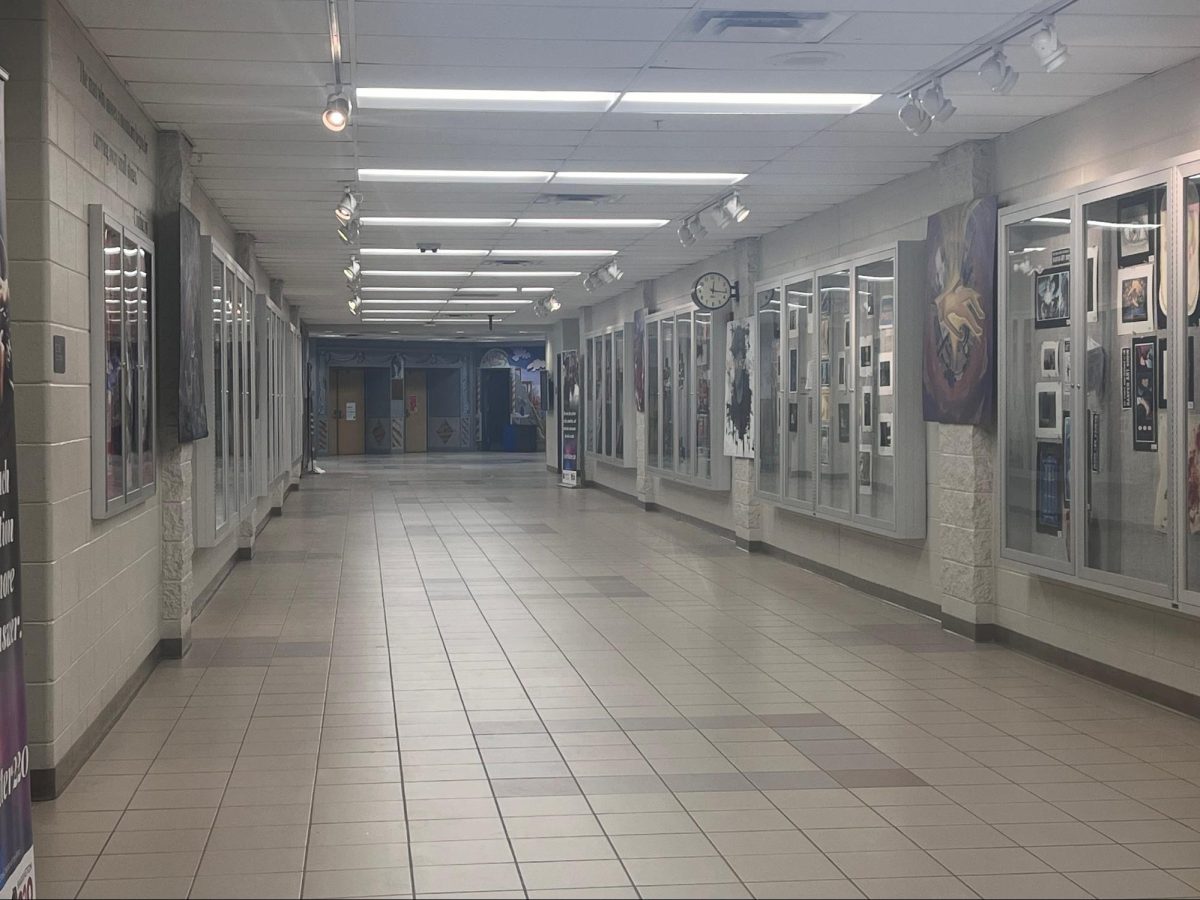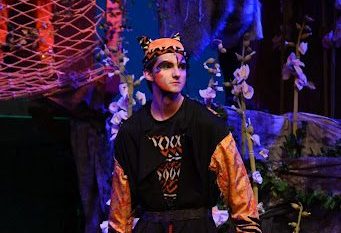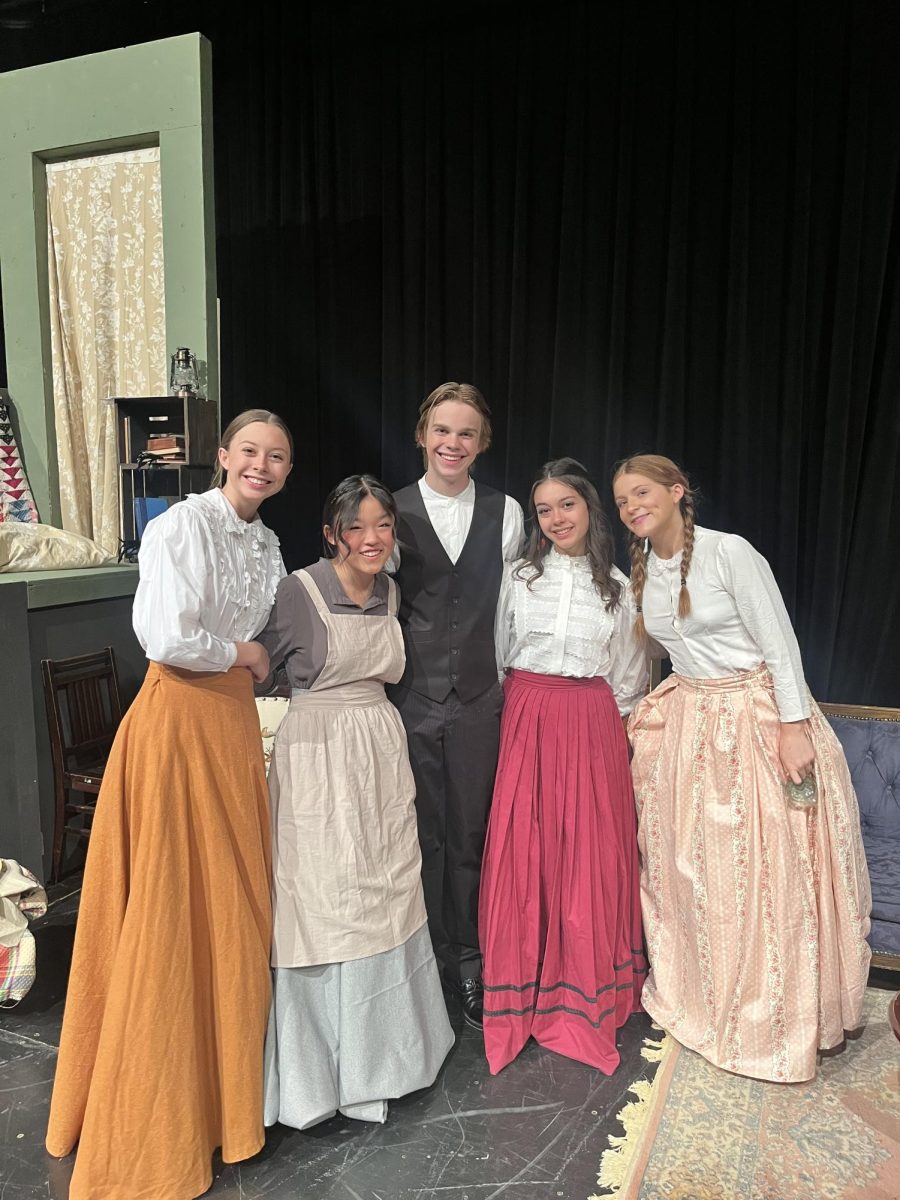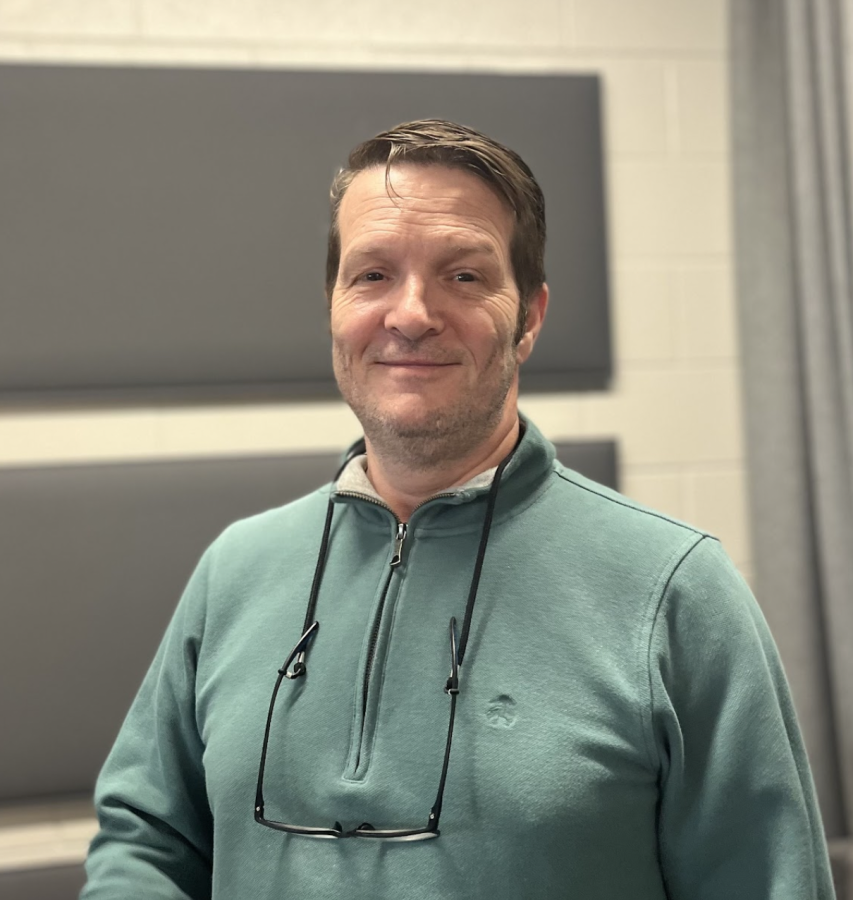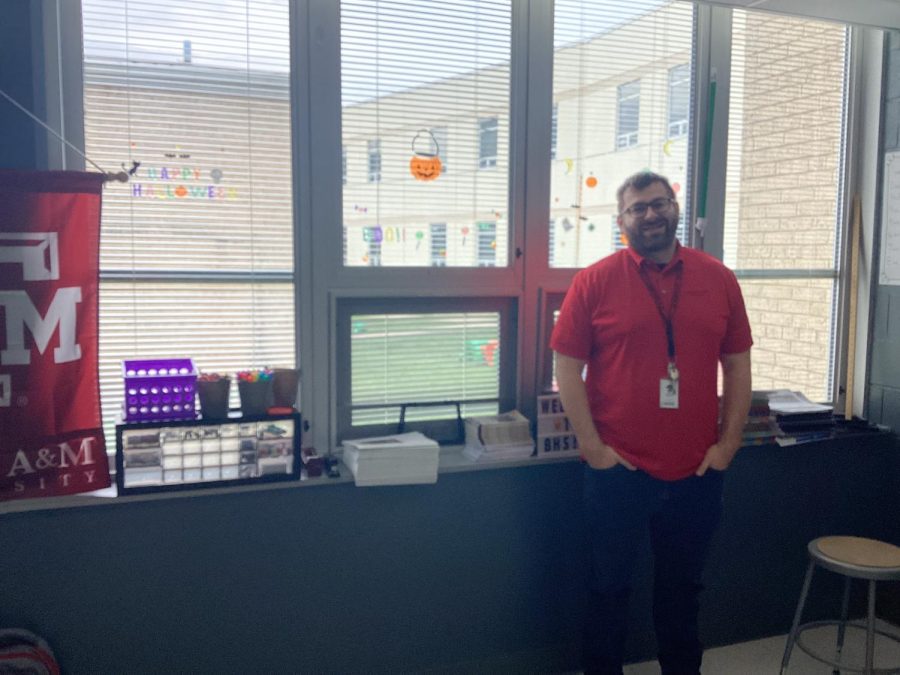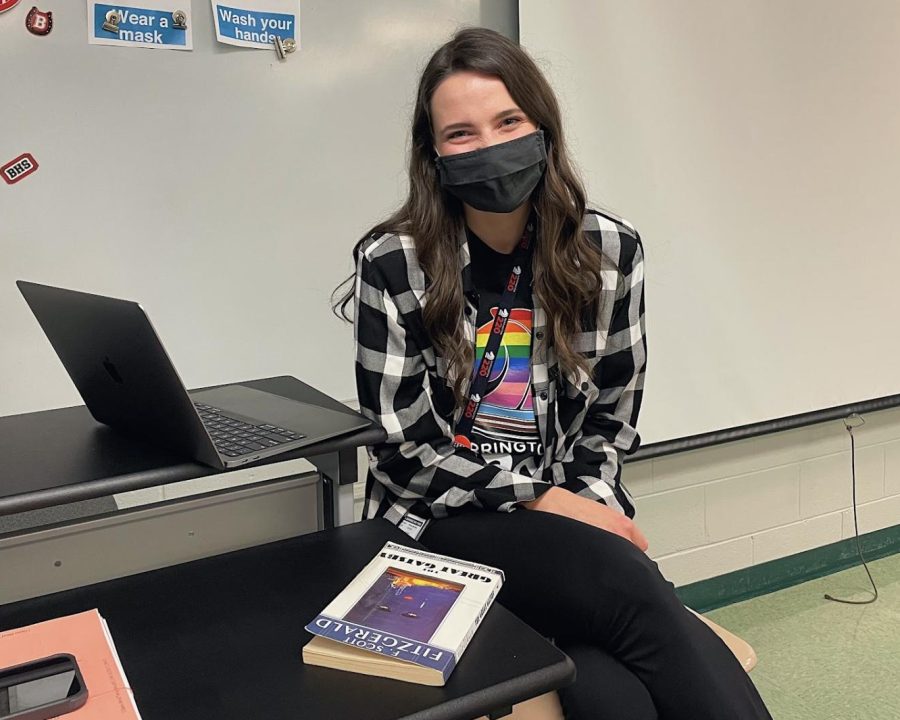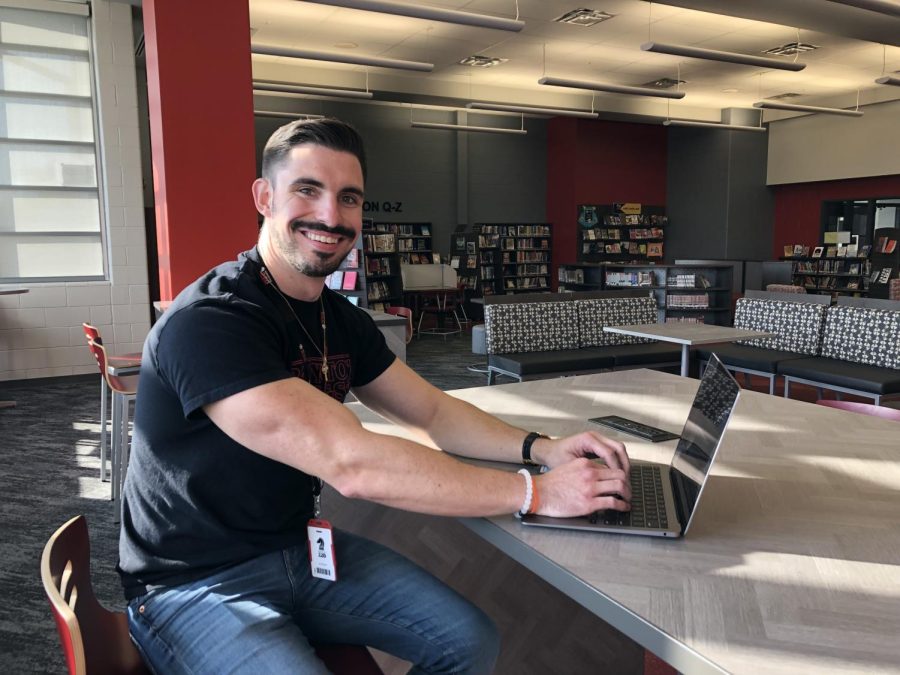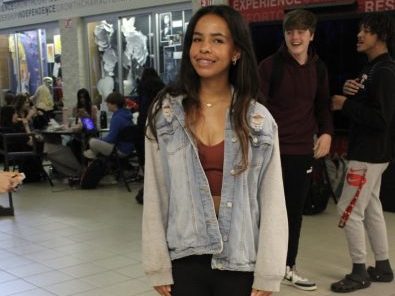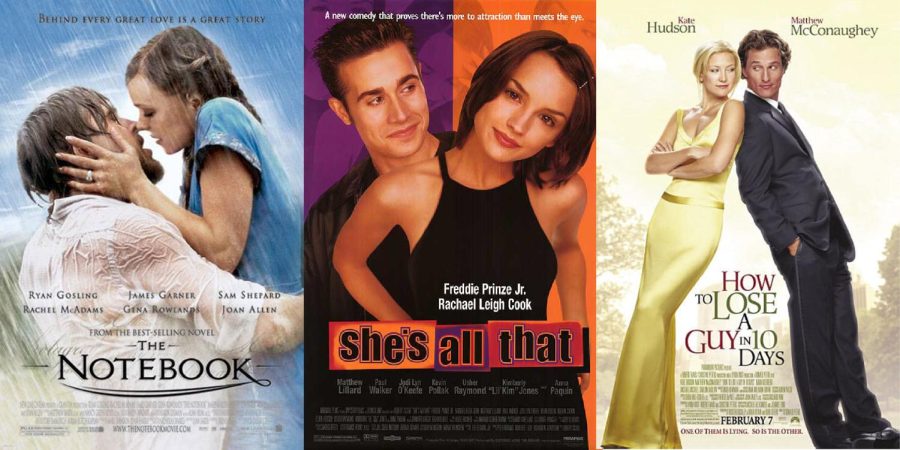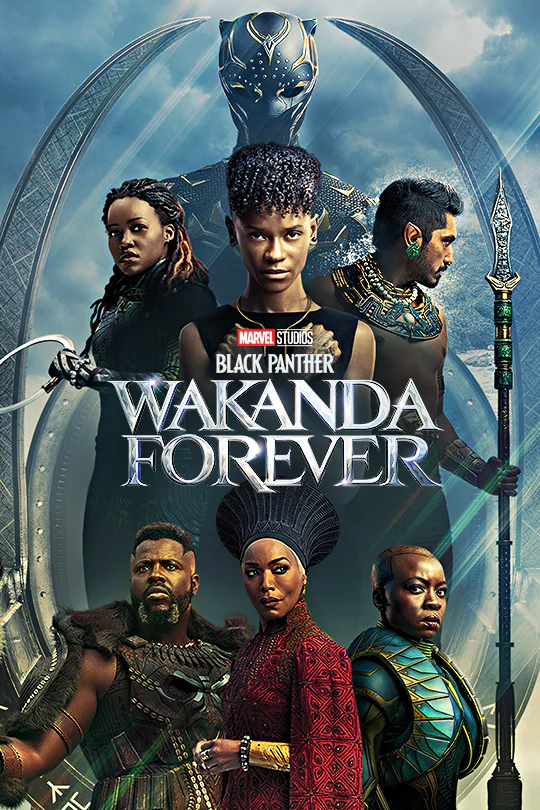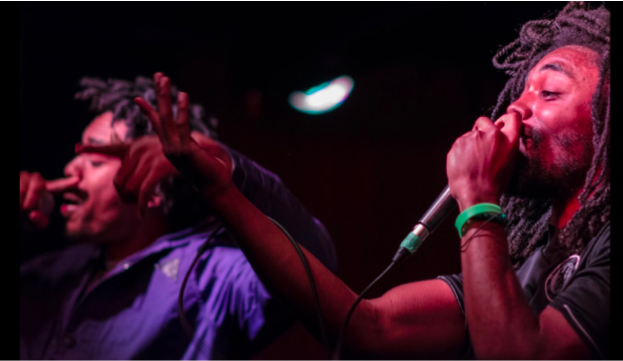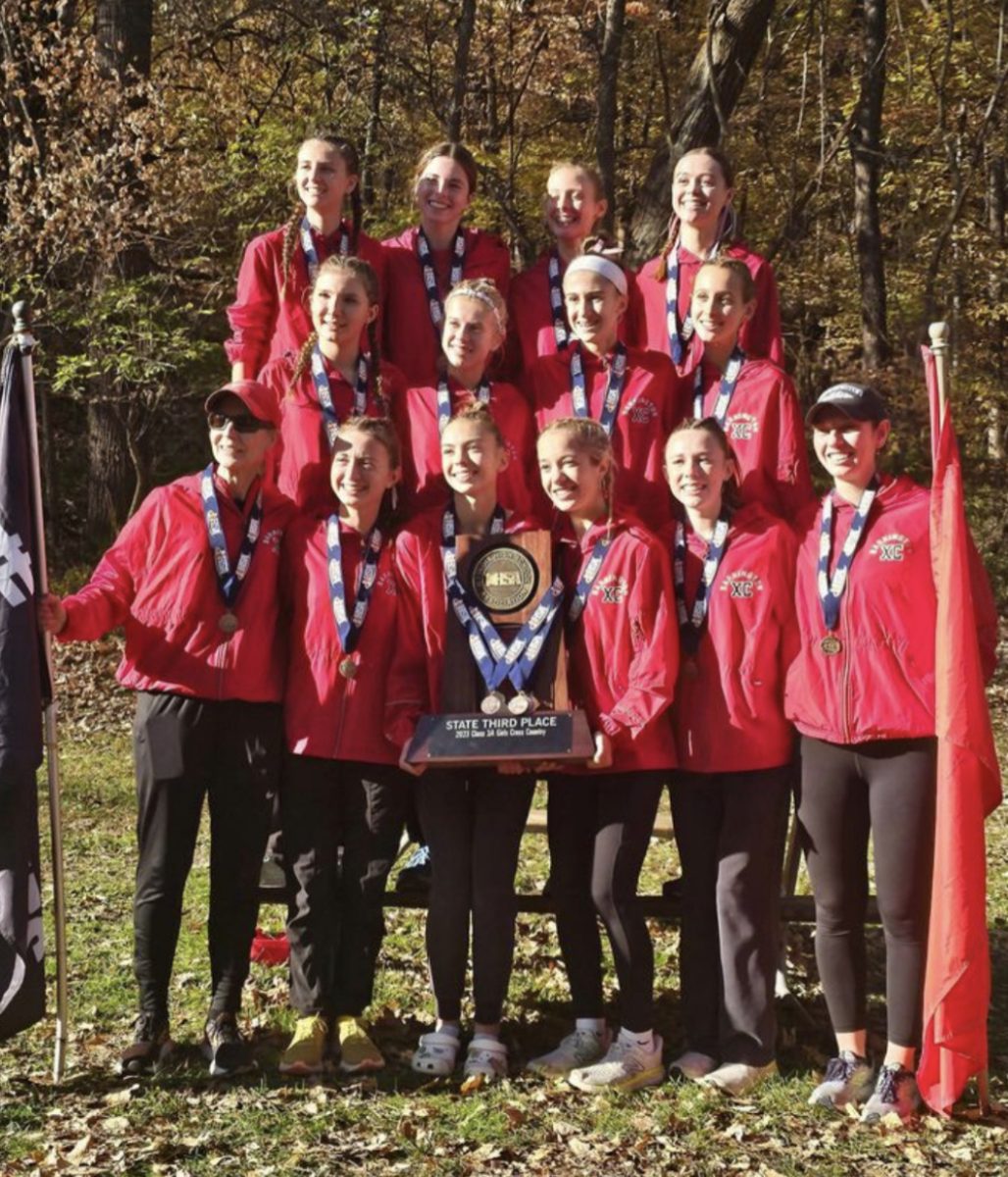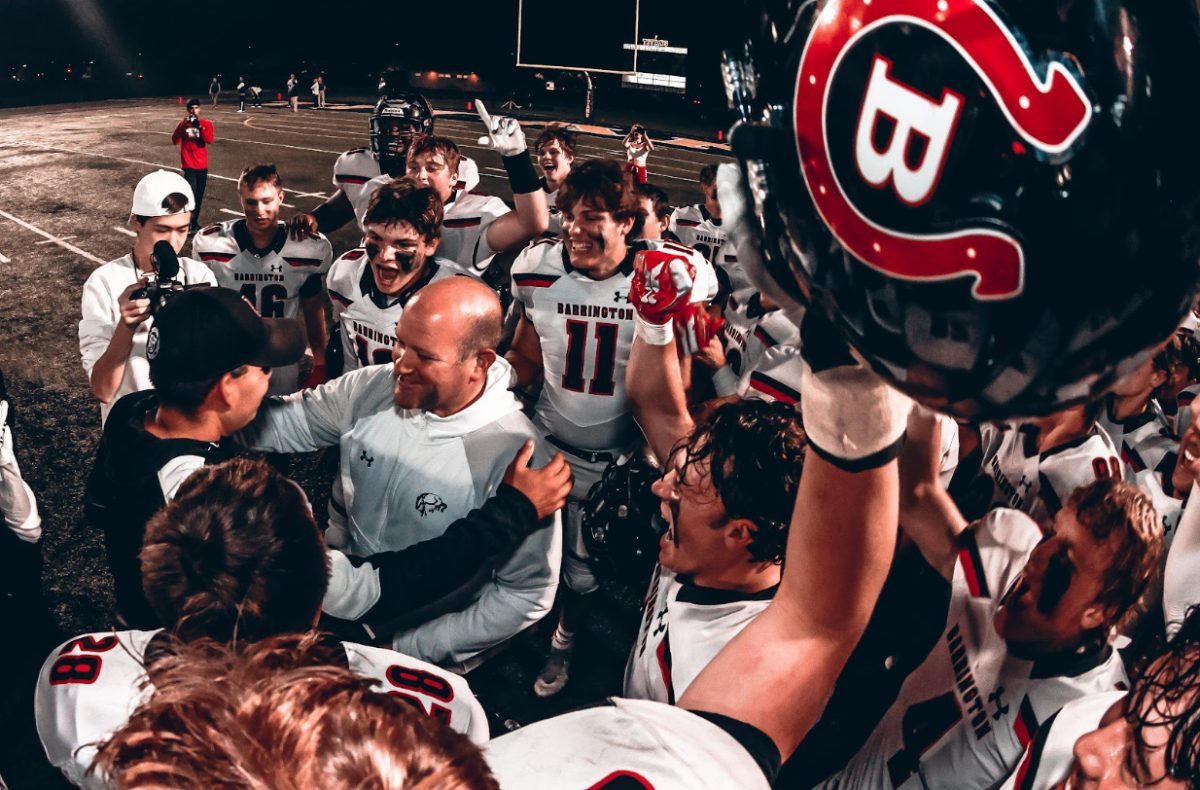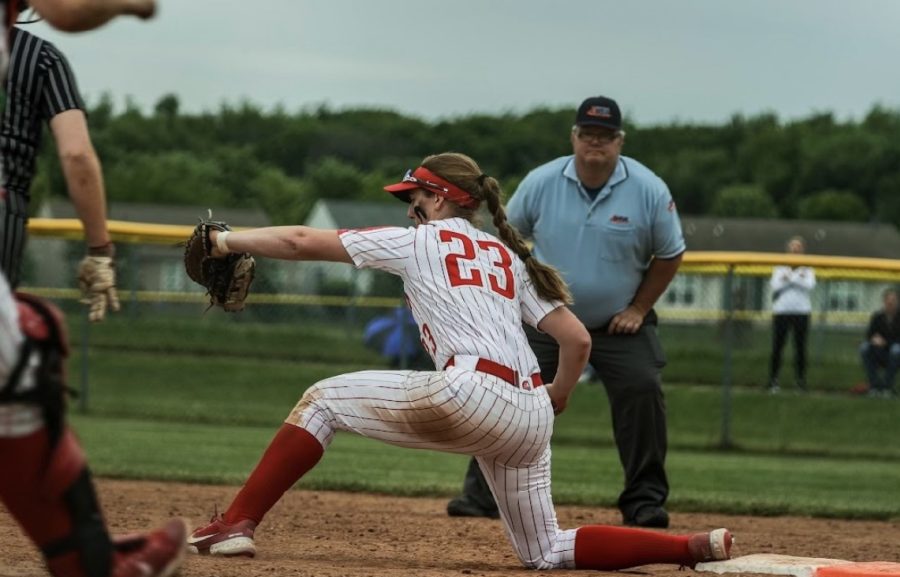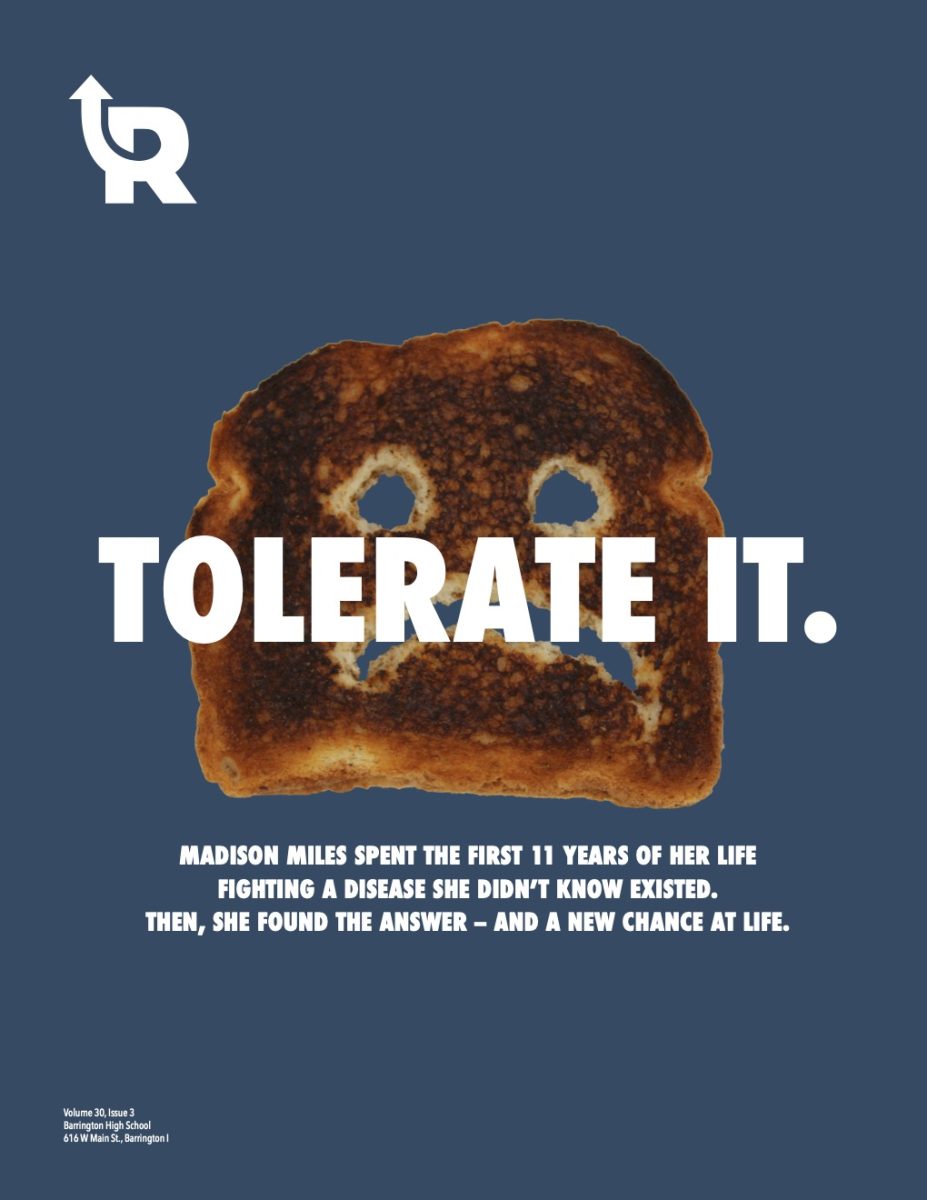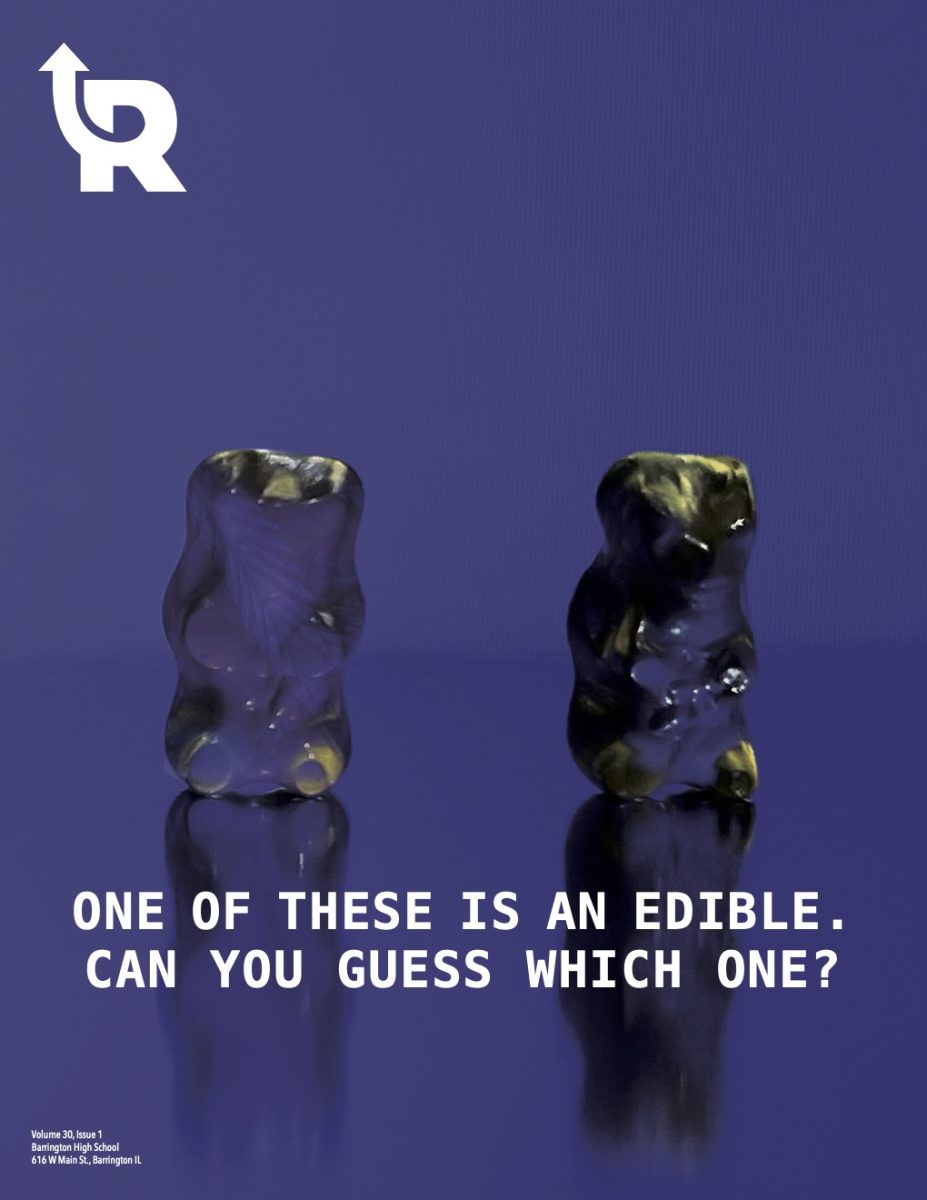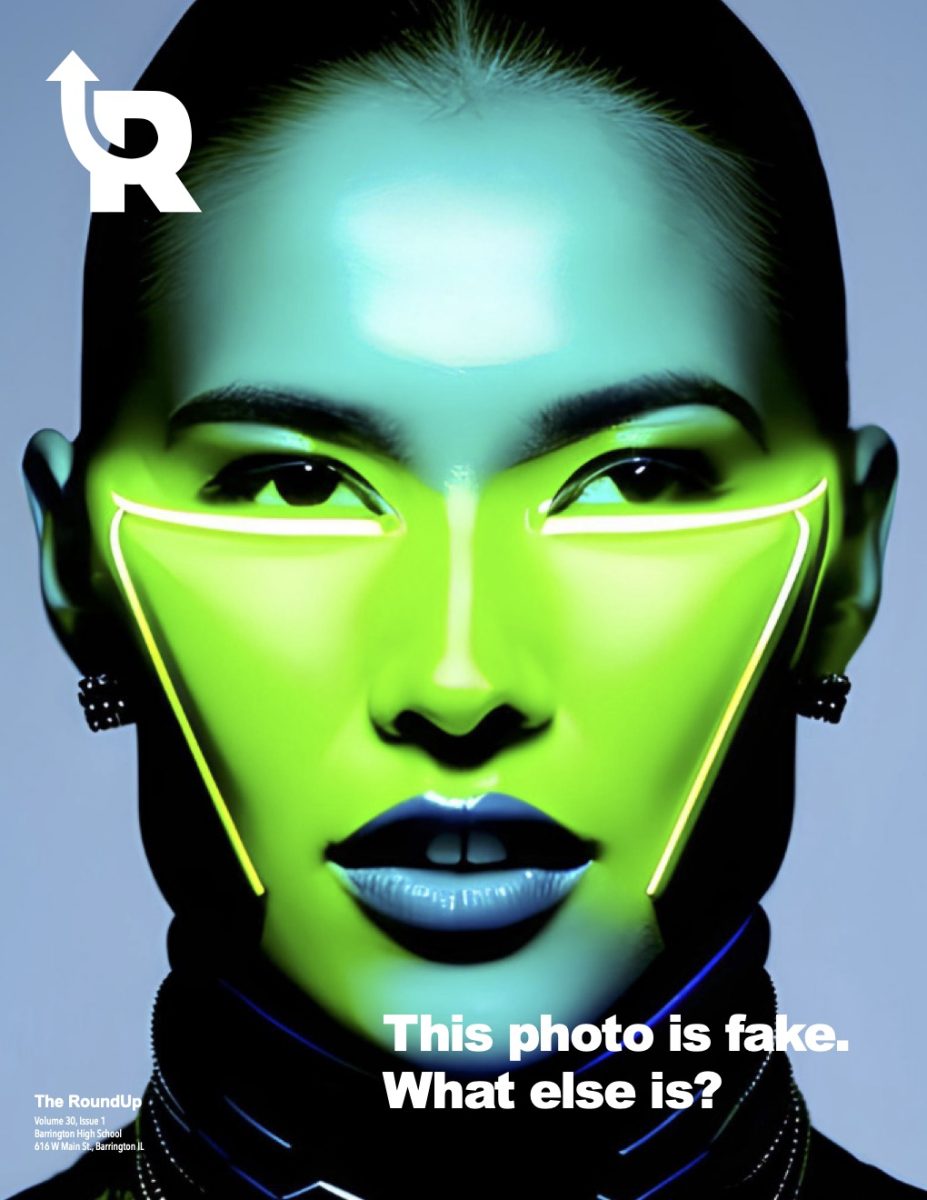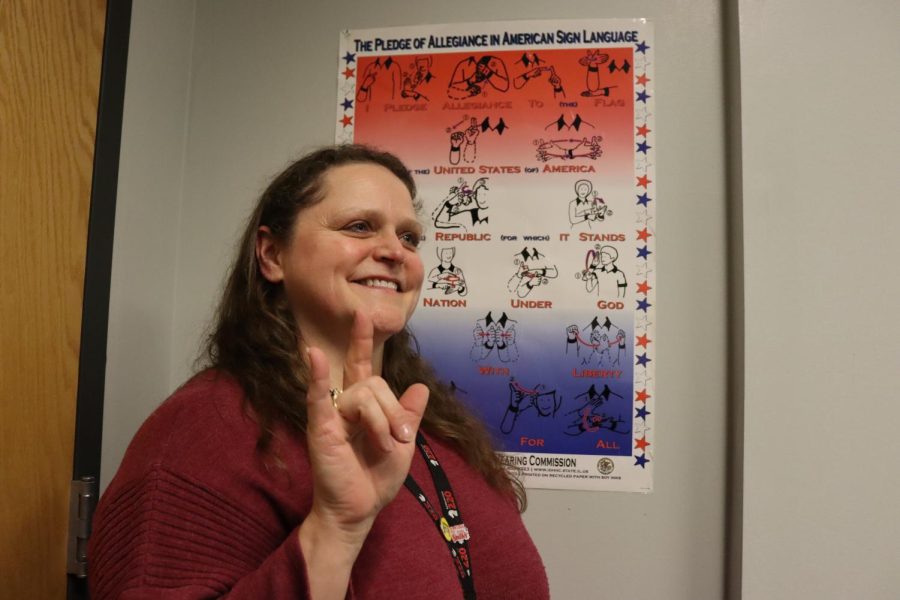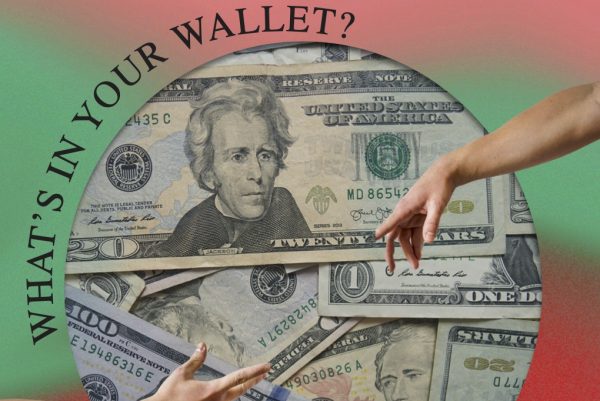A language unspoken
When the school bell rings, the chatter ends and the teacher begins projecting their voice. That’s the signal for most students that it’s time to start class. Though for others, when the lights of a classroom flicker, they know school has begun. For those who deal with impaired hearing or complete deafness, life can be completely different.
According to a Modern Language Association survey, ASL is the 4th most studied modern/foreign language at U.S. colleges and universities. American Sign Language is a language that helps a lot of people. It especially helped pave the career for hearing itinerant teacher, Leslie Grider. She works with students who are hard of hearing; some use sign language and some don’t. There are numerous reasons why someone may need to communicate using sign language, and Grider is a big part of learning through it all.
“There’s a lot of things that we do that are natural gestures. I think if everybody learned some basic signs, it would just be so comforting to people who do rely on sign language, just little things that they can do,” Grider said.
According to the World Federation of the Deaf, there are 70 million people worldwide who communicate using sign language. Even with this fact, if a person relies on sign language, or is hard of hearing, it can be easy to feel isolated. It’s all about access for them, as they often don’t have people around who use sign language.
“There’s been times that I’ve been out and I’ll see somebody who’s using sign language, and they’re really struggling. Sometimes I’ll go and talk to them and just the look on their face like, ‘oh my gosh,’” Grider said. “Of course, you know, if you’re in another country and you come across somebody who speaks English, you’re going to be like, ‘Oh, my gosh, thank you.’”
As Grider began learning American Sign Language, she found similarities between other languages. She found that immersing herself in the language is always the best way to learn, even if it’s intimidating talking to a fast native speaker. That experience was new and interesting after she found an interest in sign language throughout her life.
“My second grade teacher taught us the alphabet, and a couple very basic signs, bathroom, things like that. So my friends and I would fingerspell to each other across the room, because we were a bit chatty,” Grider said. “Then one of the colleges I was considering had deaf education there. So all these different things kind of fell in place.”
Even with the quiet language, Grider found that when she previously worked at the Illinois School for the Deaf, it wasn’t a quiet environment. For example, many students would bang on things to grab someone’s attention. As Grider spent more time in the classroom, technology changed the reality for people who are hard of hearing or use sign language in certain ways, such apps and hearing dogs to make things easier, among other resources.
“I honestly wish that we had more students in the district who use sign language, but with the technology that is out now – such as better hearing aids, cochlear implants, and bone-anchored hearing aids – not as many kids are communicating using sign language anymore. It’s a beautiful language that I wish more people knew,” Grider said.
Though sign language isn’t a world language, people in different countries can still communicate with each other. There are “accents” in sign language in the same way there are accents in a language that’s spoken.
“Depending on the area where you learned sign language, the sign for ‘happy birthday’ is different. A very common thing when you travel to a new area and meet deaf people there is to ask them what their sign is for Happy Birthday. There are other common words that are different as well, but I think that one is the most asked. It’s kind of cool to see all of the different signs for the same word,” Grider said.
Sign language can create unity and can make people feel heard. Throughout her career, Grider spends a lot of time with her students and their families. Building connections and seeing them grow is one of the most rewarding parts to her.
“I started one time with a student who was in kindergarten and I worked with her all the way until she went off to college. I think by the time they [her students] make it to graduation, it’s just such a proud moment, or anytime they have these epiphanies and they just become proud of themselves,” Grider said.
Your donation will support the student journalists at Barrington High School! Your contribution will allow us to produce our publication and cover our annual website hosting costs.









